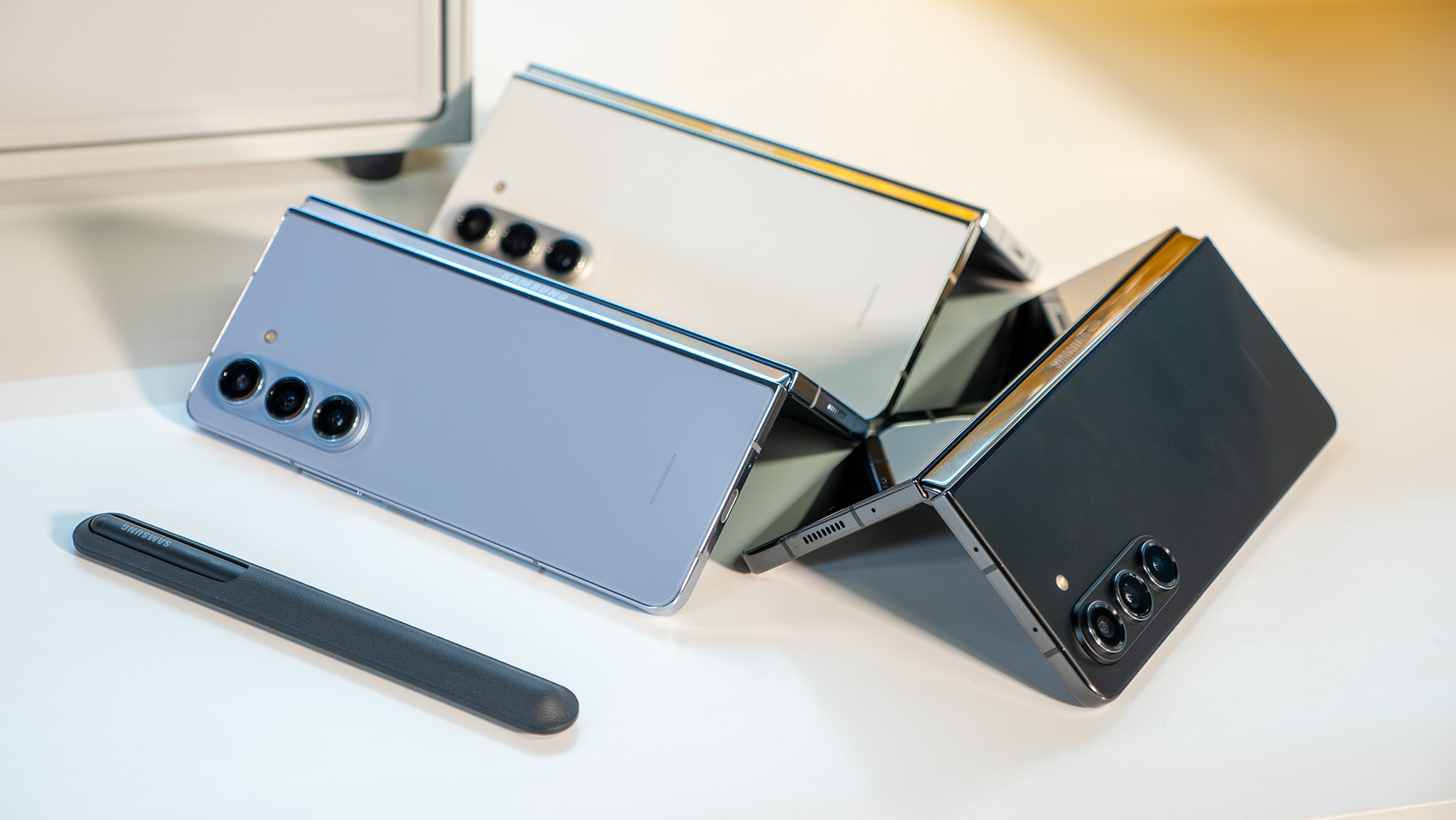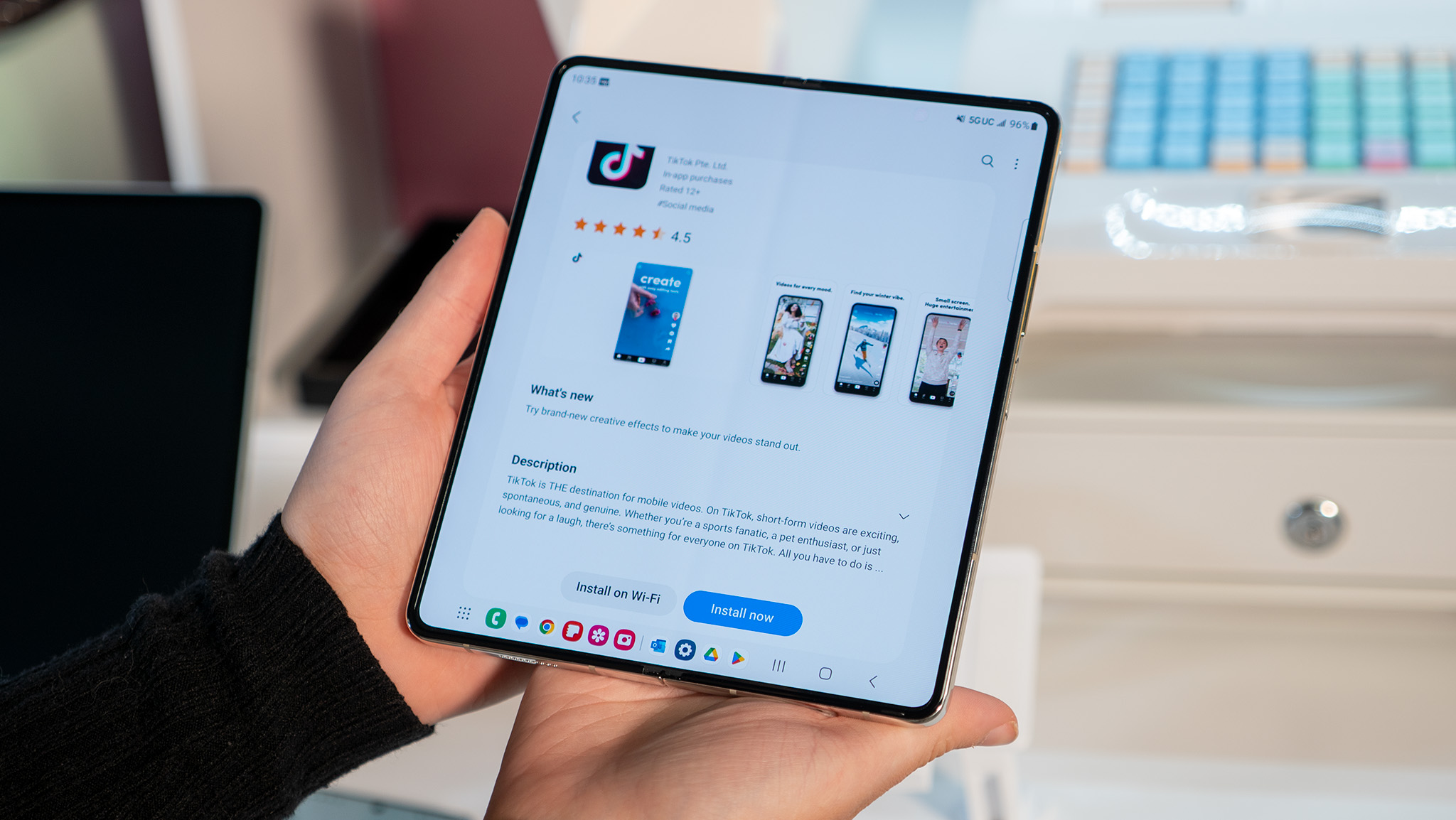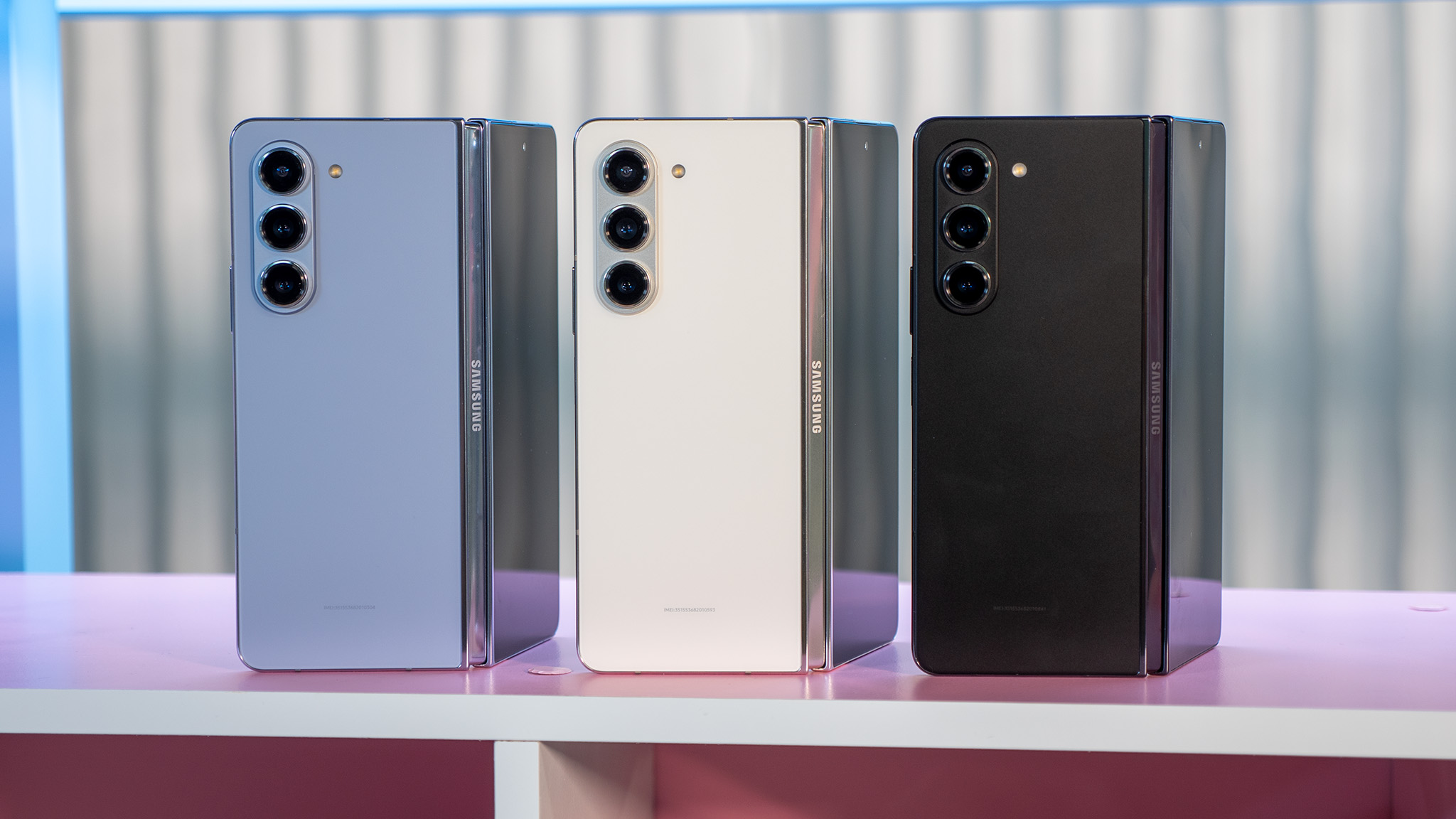
With the Galaxy Z Fold 5 and Z Flip 5, Samsung is looking to extend its lead in the foldable category. The Z Flip 5 features a larger cover screen that makes it that much more usable, and the Z Fold 5 offers subtle changes to the camera housing while seeing a modest 11g reduction in weight. Both foldables feature Samsung's new hinge mechanism that allows them to close fully flat, and that's not a small feat considering Samsung somehow managed to retain IPX8 water resistance — it is the only brand to offer ingress protection on foldables.
That said, the Galaxy Z Fold 5 is a particularly lukewarm upgrade even by Samsung standards. Sure, it has the usual hardware-related changes — it is powered by the Snapdragon 8 Gen 2 — and both the inner and outer screens can hit 1,750 nits in daily use, but other than that, it's essentially the same phone as last year's Z Fold 4. You get the same cameras, the same battery and charging tech, the same screen sizes and refresh rates, and a similar design aesthetic. Even the plastic layer covering the screens hasn't changed, and that, more than anything else, indicates how little things have changed.

Of course, this is a deliberate move by Samsung; the brand clearly understands the market very well, and it knows that it is virtually unchallenged in the foldable space. Although OPPO, Xiaomi, Honor, and other Chinese manufacturers make some of the best foldable phones, the fact that none of these devices are available in the U.S. — the biggest foldable market by a sizeable margin — makes Samsung the de facto leader in this nascent segment.
Sure, Motorola is now getting in on the action with the Razr+, and while the device challenges the Galaxy Z Flip 5, there isn't a foldable to threaten the fold-out style Z Fold 5.
Therefore, Samsung can get away with launching a phone with modest upgrades and still see a decent amount of interest in the device. This isn't a new phenomenon; flagships in recent years have traditionally offered iterative upgrades over their predecessors, and this is just a sign of the category maturing as a whole. For instance, the Galaxy S23 Ultra is virtually identical to last year's S22 Ultra, and other than tweaks to the mid-frame to make it easier to hold and a 200MP module at the back, there isn't much to differentiate the device.

We're seeing the same scenario play out with the Galaxy Z Fold 5; Samsung's foldables feel just as stable and mature as their Galaxy S siblings, and the brand is taking advantage of that fact. After all, we're well past the point of yearly upgrade cycles, and with most users switching to a new phone biennially, brands are now catering to that audience.
So if you already have a Galaxy Z Fold 4, it makes little sense to pick up the Z Fold 5 — there really isn't enough new here to justify the purchase. But if you're using the Z Fold 3 or are considering switching to a foldable, there is a lot to like in the Z Fold 5.
While it doesn't have many groundbreaking new features, the Z Fold 5 solidifies Samsung's position as the leading manufacturer of foldables. It will take a credible threat for Samsung to introduce any meaningful changes to the Z Fold series, and I think we're still a few years away from that. For now, Samsung's early-mover advantage has allowed it to corner this market entirely.
The Z Fold 5 doesn't offer much in the way of upgrades over its predecessor, but it is still one the best options around if you're in the market for a new foldable — particularly in North America.







